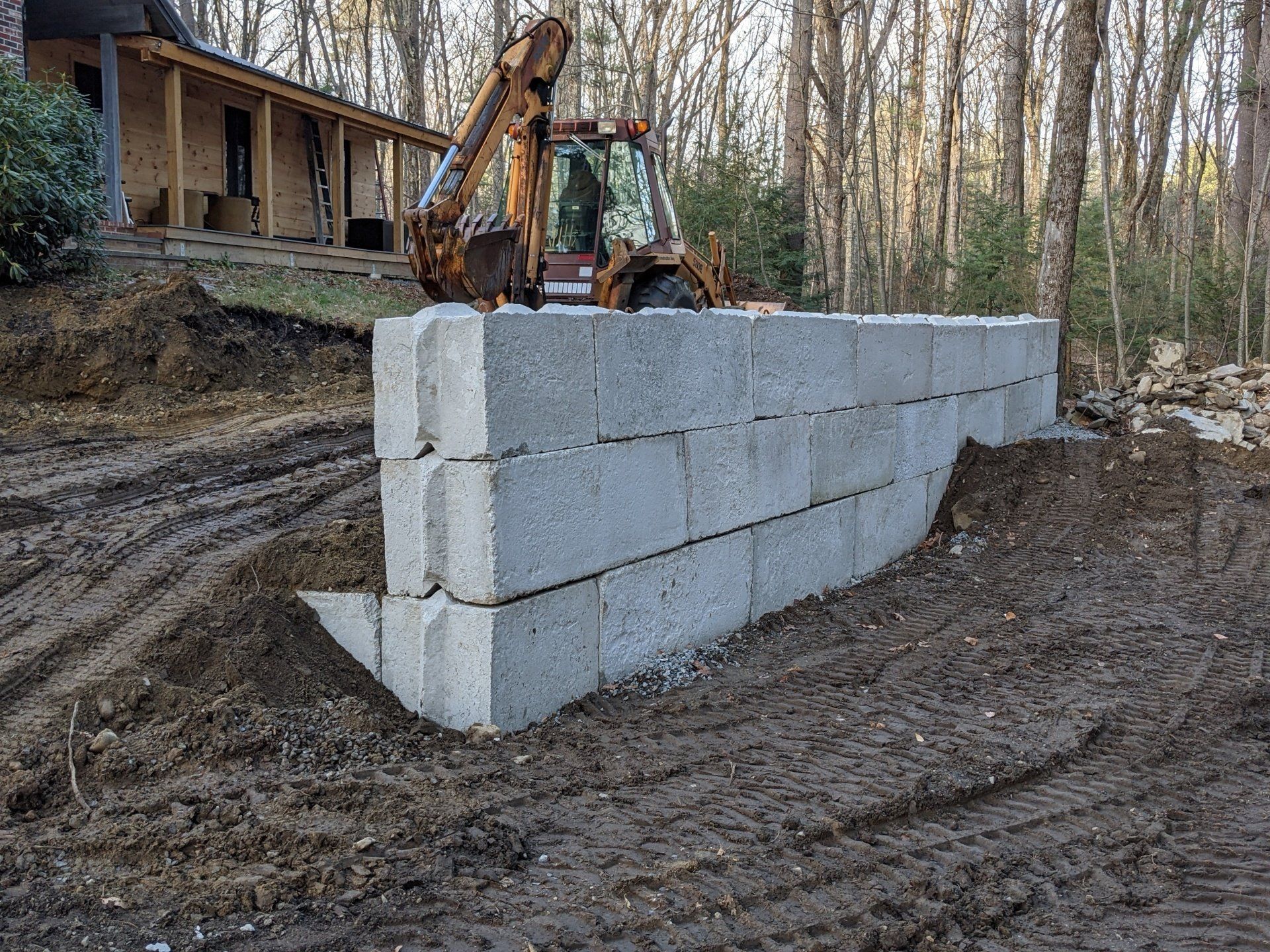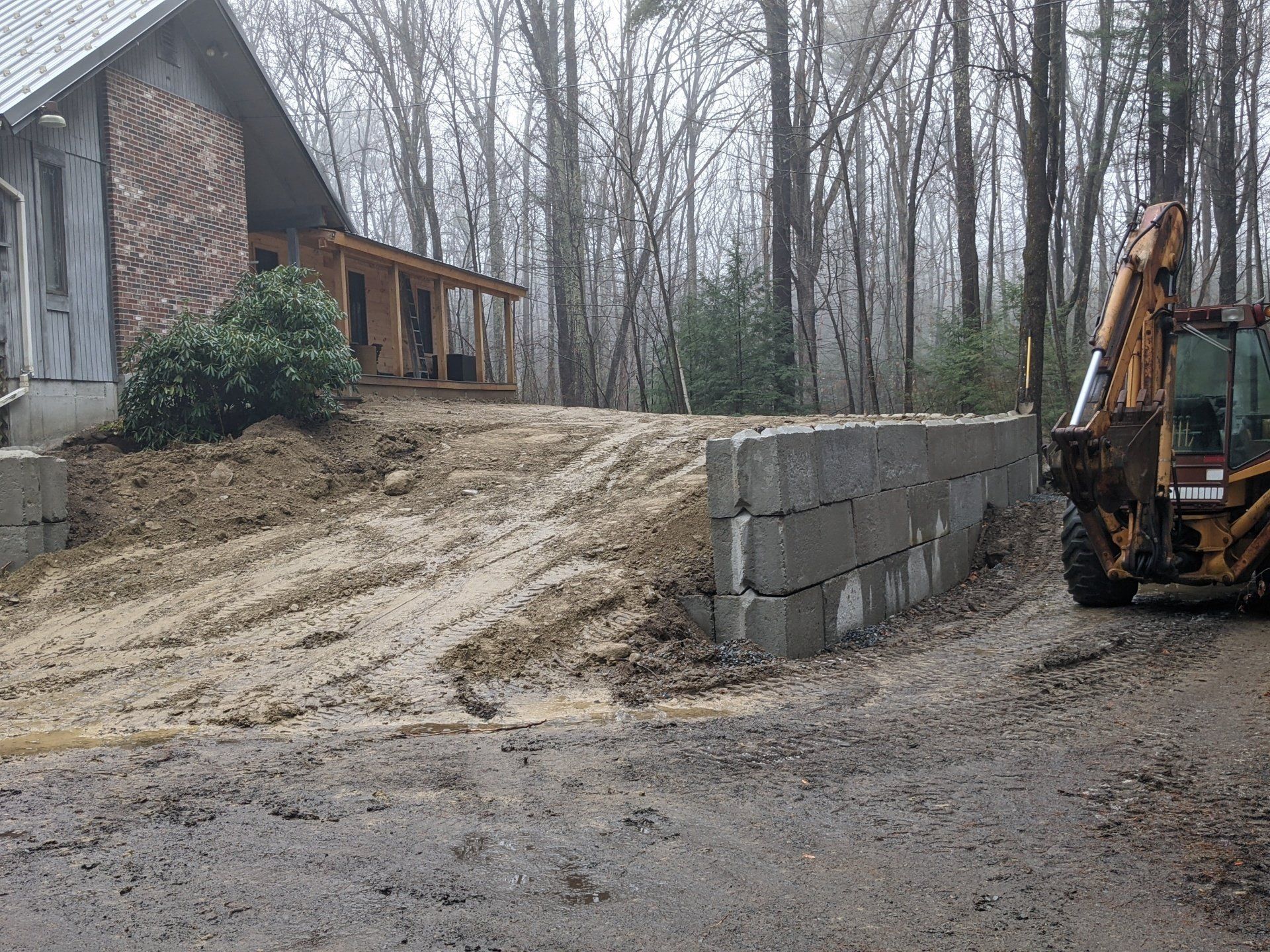Retaining Wall
It is possible to increase the value of your house by installing or renovating the retaining walls on your property. When constructing a retaining wall, materials and installation quality are the most important considerations. A well-built wall can resist the weather for many years. You may be asking about the many kinds of retaining walls that are available. Concrete, masonry, and stone are the most common materials used to construct retaining walls. There are a variety of materials to pick from depending on the location of the wall, the style you desire, and how long you intend the wall to remain. In locations with a slope, a retaining wall is necessary to keep dirt contained and in place. Patios and leisure spaces may be separated off by retaining walls in residential backyards. In addition, they may be utilized to build useful roadways by restraining the dirt. It's not an easy task to build a retaining wall on your property, and you want it to survive as long as possible. You may use this information to help you choose the ideal retaining wall for your situation.
What is a Retaining Wall?
A retaining wall is a structure that has been designed and built to hold or keep back soil. There is a wide variety of materials that may be used to construct retaining walls. Examples of these materials include poured concrete, concrete blocks, pebbles, boulders, or treated timbers. All of them can hold soil, however, some of them are simpler to use than others and some of them have shorter lifespans.
Concrete and Masonry Retaining Walls
Retaining walls made of poured concrete are the strongest and longest-lasting. Depending on your preferences, it may also be carved and shaped to resemble mortared stone. When space is an issue, poured concrete walls are the only form of retaining wall that isn't constructed to be battered (leaned back) against the soil. Another option is to use interlocking concrete blocks, which may be easily constructed by do-it-yourselfers. The rough surface gives the blocks a quarried appearance even though they are constructed of concrete. There is no need for the mortar to put them together because of how they are made. Mortar or no mortar, a mason is needed to construct masonry retaining walls correctly. When constructed correctly, they may survive up to forty years or more.
Choosing Retaining Wall Materials
When selecting the materials for your brand-new retaining wall, you should always go for the highest possible quality that you can afford. The better the materials, the longer the wall will continue to serve its purpose (and the safer it will be as well). Keep in mind that a retaining wall's job is to prevent large amounts of dirt from falling over, thus you should only use the very best building materials. If the height of your retaining wall will be more than three feet, you are required to work with an engineer and you may also be required to get a permit. Your decision about the material will be heavily influenced by aesthetic considerations. For example, if you want the wall to have a contemporary and sophisticated vibe, you should consider using poured concrete rather than stone.
When must a Retaining Wall be Replaced?
There comes a time when retaining walls, although they might often survive for decades, need to be changed. If you see any of the following indicators, it is time to begin planning the construction of a new wall since the material used to construct the wall has been compromised:
- The leaning is often the result of tree roots, inadequate drainage, or an inadequate footing.
- Cracking is a symptom of structural degradation. Small cracks may be repaired, but cracks that are more than a quarter of an inch broad and deep and more than two feet long are cause for concern.
- The presence of sagging is an indication that the footing has been compromised in a particular location. The damaged portion of the wall could be able to be rebuilt by a trained expert, but depending on the severity of the damage, the whole wall might have to be rebuilt or replaced.
- The presence of bulging is an indication that there is a buildup of water pressure behind the wall, or in the case of interlocking blocks, that there is a lack of anchoring. The wall could be salvageable with careful
excavation, but it might also need to be rebuilt.



